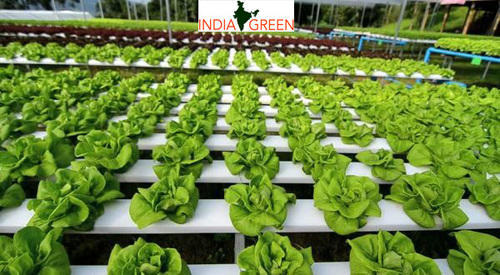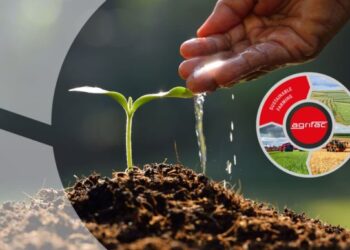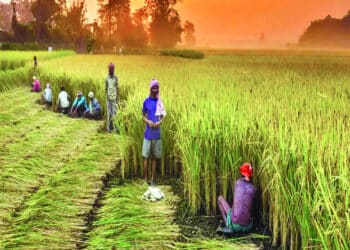Every day, new technologies emerge around the world. The agriculture business is researching innovative strategies to grow food in less space and with less water as the world population grows. A step in the right direction is the hydroponic growing system.
A hydroponic system, often known as soilless farming, is a method of growing plants without the use of soil. Plant roots develop in a liquid fertiliser solution or inside moist inert materials like Rockwool and Vermiculite in a hydroponic system. The liquid nutrient solution is a water-based blend of important plant nutrients.
Plants are grown in a nutrient solution without soil in hydroponics, which is a revolution in agriculture. Soil-less farming has a number of advantages over traditional soil farming. If it’s a high-tech farm, the acreage required is quite minimal; the plant growth rate is high, resulting in great yields, off-season production, less water usage, pesticide-free production, and no true reliance on the weather.
The advantages of a hydroponic system are numerous. There is no loss, and the plant nutrients are effectively employed, compared to the old agricultural approach. The hydroponic system is a climate-controlled environment in which vegetables can thrive all year. Also When compared to traditional farming methods, water usage is up to 80-90 per cent lower. Pests and insects too cannot damage the crops because they are grown in a confined environment.
The ability to adapt to new technologies boosts your self-esteem. People frequently take a step back when it comes to adapting those technologies in the agriculture sector. The reason for this is due to a lack of specific information.
The following are the most common and successful hydroponic crops in India:
1. Tomatoes
Tomatoes of several varieties, including conventional and cherry, have been widely grown. They demand a growth medium with a pH of 5.5-6.5, as well as greater sunlight.
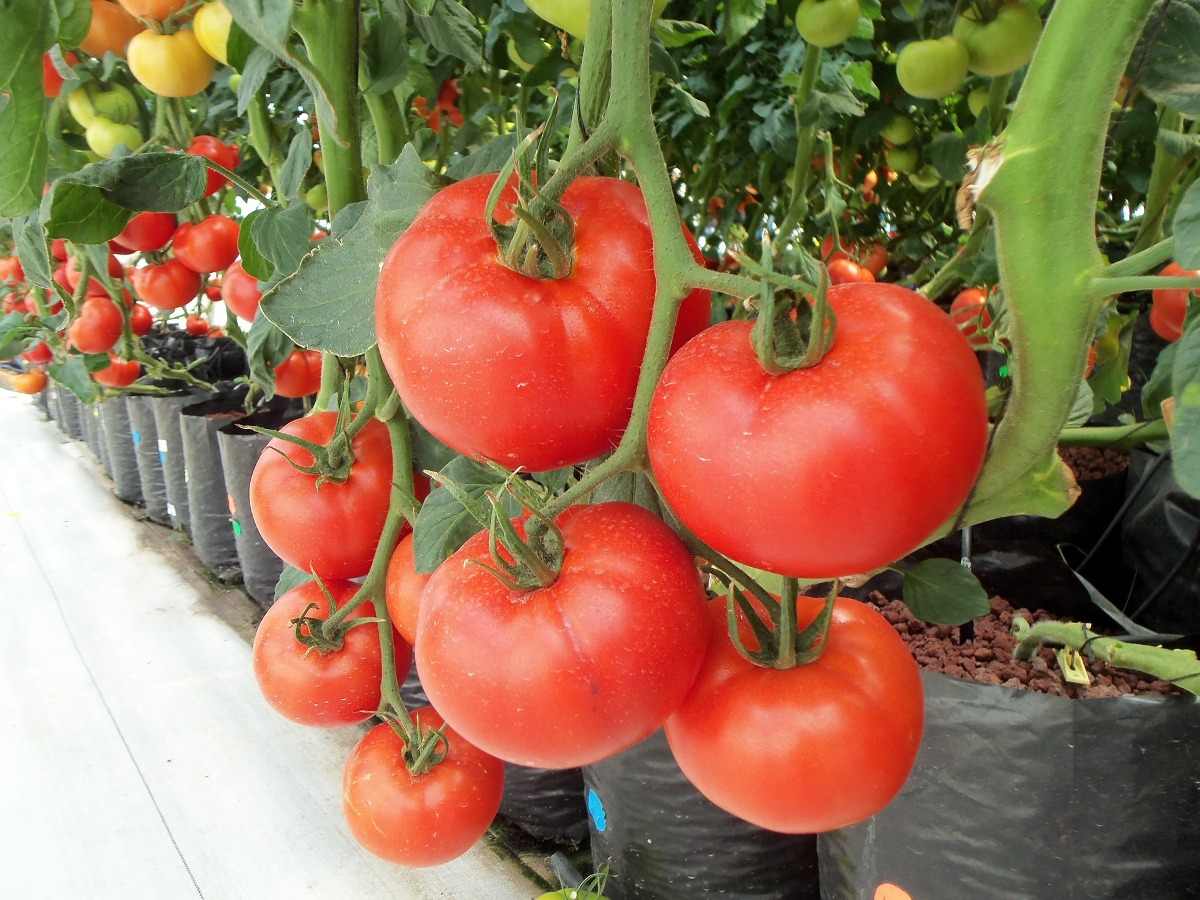
2. Spinach, Lettuce, and Radish
Cold-weather vegetables such as lettuce can be grown year-round in hydroponics by maintaining a chilly temperature and a pH level of 6-7.

3. Strawberries
Strawberries are the most common plant used in commercial hydroponic farming. It adapts well to the system and produces a year-round crop when kept at a warm temperature and pH level of 5.5-6.

4. Herbs
Basil grows best in a moist environment with plenty of sunshine, a warm temperature, and a pH level of 5.5-6.5. As a result, the herb has a stronger flavour. For basil, the NFT or Drip system works well. There are many herbs that grow remarkably well in hydroponic gardening and generate more tasty and aromatic results than those cultivated on the soil.
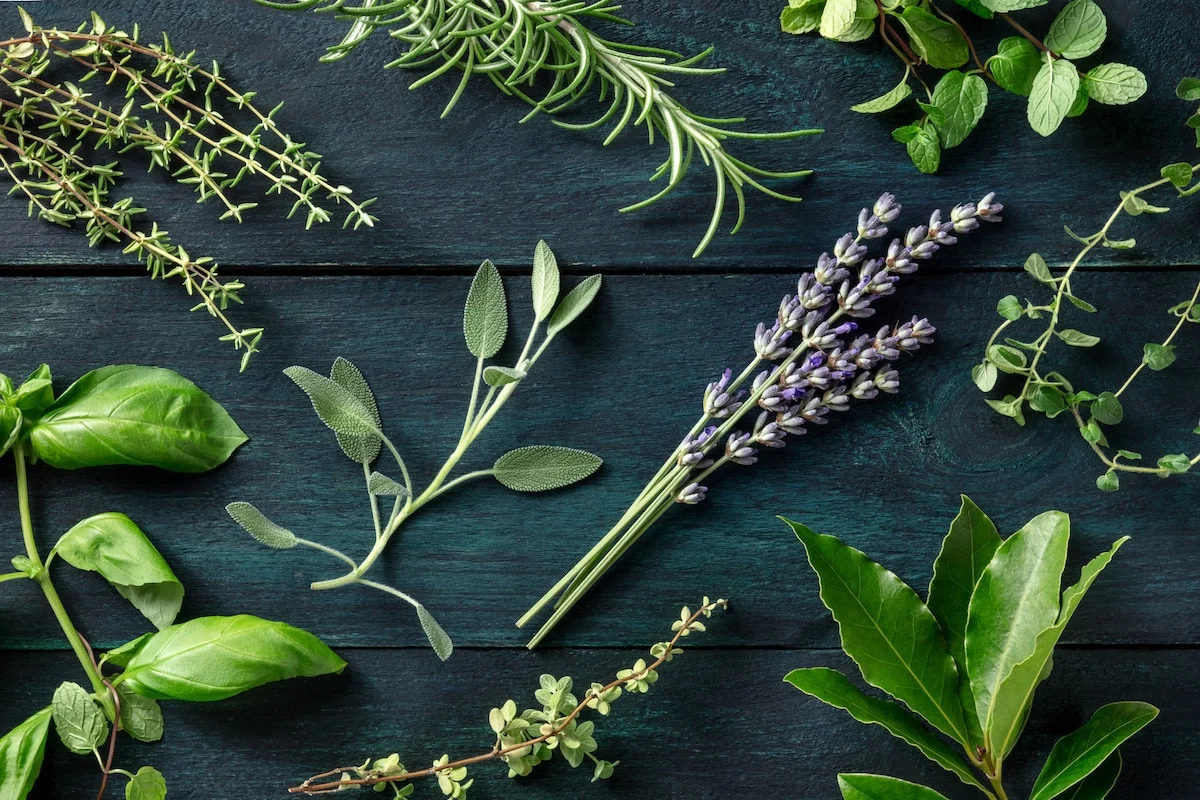
The Future
Hydroponics has increased in popularity around the world due to its high yield (20-25%) and 2-5 times productivity. This method eliminates the need for pesticides and artificial ripening agents, resulting in nutritionally superior veggies. That being said. In 2015, India’s whole fruit and vegetable (F&V) market was estimated to be worth over Rs 5,00,000 crore.
Even if we assume a minuscule 0.5 per cent of the whole market, this corresponds to a massive opportunity for hydroponic products of over Rs 2,500 crore, which could take at least five years to materialise.
Hydroponics is being considered on a commercial basis by well-known business companies such as DS Group and Patanjali. People in India are becoming more conscious of the importance of living a healthier lifestyle, which should assist hydroponic growers in the long run.
Furthermore, increasing demand for non-Indian produce such as swiss chard, kale, parsley, oregano, and cilantro provides the essential tailwinds for hydroponics growers.
Also Checkout: Top Agriculture Countries
Source: TheAgrotechDaily


